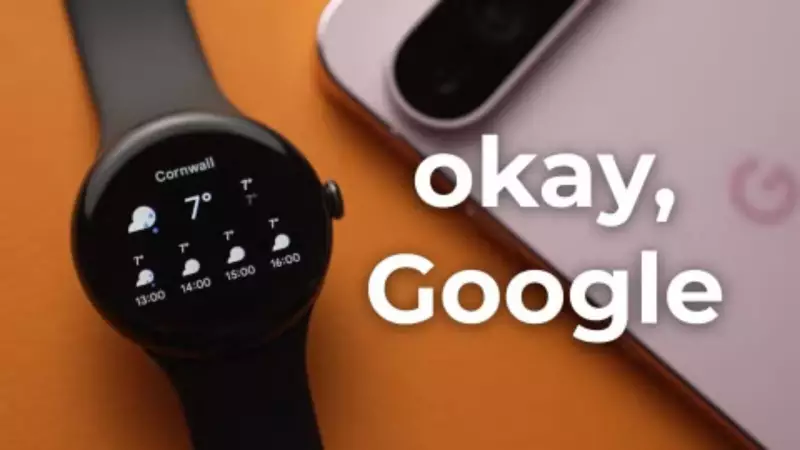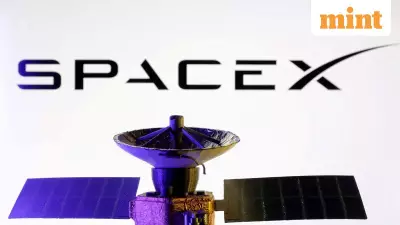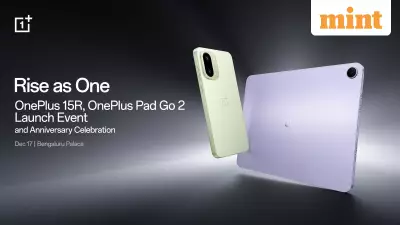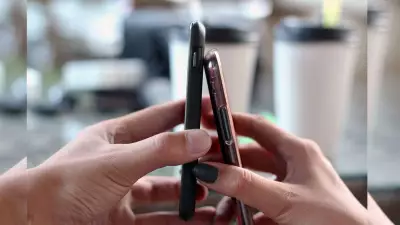
In a move that's raising eyebrows across the tech community, Google has quietly made its Wear OS Clock app a Pixel Watch exclusive, effectively cutting off other smartwatch users from future updates and features.
What's Changing for Wear OS Users?
If you own a non-Pixel Wear OS smartwatch from brands like Fossil, Mobvoi, or even Samsung's Galaxy Watch series, you'll no longer receive updates for the Clock app through the Play Store. The app has disappeared from search results for these devices, and existing installations are being blocked from updating.
This strategic shift means that popular clock faces like Adventure, Analog Bold, and Digital Bold – previously available to all Wear OS users – are now Pixel Watch exclusives. Even the basic functionality of changing watch faces through the Clock app has been restricted to Pixel devices.
The Silent Rollout
Google hasn't made any official announcement about this significant change. The discovery was made by alert users who noticed the Clock app vanishing from Play Store searches on their non-Pixel Wear OS devices. When attempting to access the app directly via web link, they're greeted with a stark message: "This app is not available for your device."
What This Means for the Wear OS Ecosystem
This move represents a fundamental shift in Google's wearable strategy. While the company has been working to unify the Wear OS platform through partnerships with Samsung and other manufacturers, the Clock app exclusivity suggests a return to walled-garden tactics.
For current non-Pixel Wear OS users, this means:
- No access to new clock face designs
- Missing out on future functionality improvements
- Potential fragmentation in the user experience
- Reduced value proposition for their existing devices
Broader Implications
This development raises important questions about Google's commitment to the broader Wear OS ecosystem. By reserving core applications for its hardware, Google appears to be following Apple's playbook of tight software-hardware integration, potentially at the expense of partner manufacturers and their customers.
The timing is particularly interesting given the recent resurgence of Wear OS through Samsung's Galaxy Watch series and other third-party devices that have helped the platform gain market share against Apple's watchOS.
As the situation develops, users and manufacturers alike will be watching closely to see if this represents a new direction for Google's wearable strategy or merely a temporary exclusive period for Pixel Watch features.





